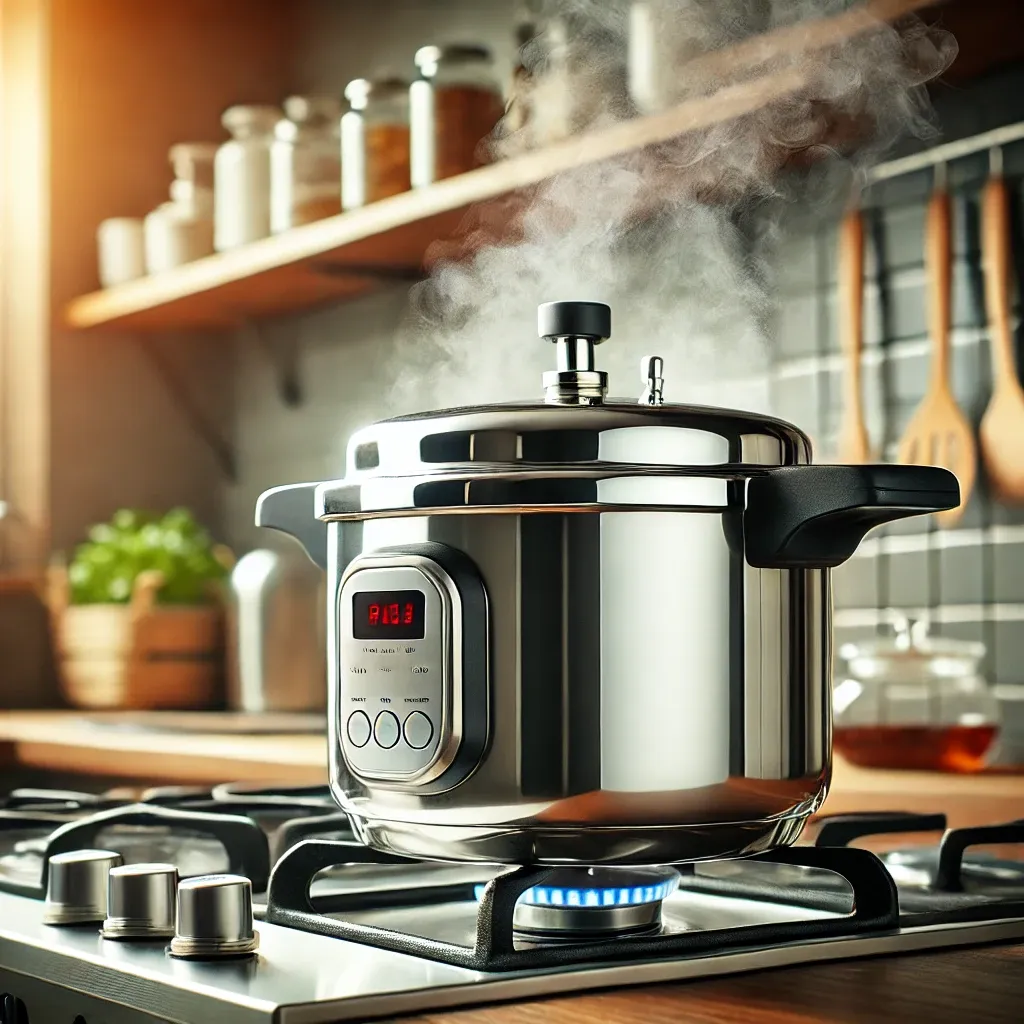Ever wondered how to master your pressure cooker for boiling meat or achieve the perfect tender pork belly? This guide covers boiling times, techniques, and tips to elevate your pressure cooking skills. Ready to discover the secrets to cooking with a pressure pot? Let’s explore!
Pressure cooking is a fantastic way to prepare meals quickly while retaining flavor and tenderness. In this article, we’ll explore various aspects of boiling with a pressure cooker, including the time it takes to boil ingredients like pork belly, and some expert tips for achieving the perfect dish. Whether you’re new to pressure cooking or looking to refine your skills, this guide will offer insights into making the most of your pressure pot.
Time to Boil Pressure Cooker
One of the biggest advantages of a pressure cooker is the time it saves compared to traditional cooking methods. The key to perfecting pressure cooking lies in understanding cooking times, which vary depending on the ingredients and the type of dish you’re preparing.
Factors Affecting Boiling Time
-
Type of food Meat and vegetables cook at different rates. For instance, tougher cuts of meat require more time to tenderize.
-
Pressure level Different pressure cookers may have different pressure settings, which can affect cooking time.
-
Amount of food A larger quantity of food will take a bit longer to cook than a smaller batch.
Boiling Times for Common Ingredients
-
Pork A general rule is that pork needs about 30 to 40 minutes under high pressure for tender results.
-
Vegetables Harder vegetables like carrots or potatoes take around 5 to 10 minutes, while softer ones require less time.
-
Rice and grains These typically cook in about 5 to 15 minutes, depending on the type.
Knowing the specific times for the ingredients you plan to cook is essential for successful pressure cooking. But remember, always allow a few extra minutes for the cooker to reach pressure, and ensure to release the pressure gradually after cooking to avoid overcooking.
👉 Learn more about pressure cooker boiling times 👈
Pork Belly Time for Boiling Pressure Cooker
Pork belly is a popular choice for pressure cooking because of its rich flavor and tender texture when done right. However, getting the boiling time just right is crucial to avoid overcooking or undercooking the pork belly.
Ideal Boiling Time for Pork Belly
-
Standard Pork Belly The ideal cooking time for pork belly in a pressure cooker is typically around 30 to 40 minutes at high pressure. This ensures that the fat renders properly and the meat becomes fork-tender.
-
Tender vs. Firm Pork Belly If you prefer your pork belly to have a bit of a bite, cook it for 30 minutes. For a melt-in-your-mouth texture, extend the time to 40 minutes.
Steps for Perfect Pork Belly
-
Season the Pork Belly Season it with salt, pepper, and your preferred spices before placing it in the pressure cooker.
-
Sear the Meat Brown the pork belly in the pressure cooker for extra flavor, or skip this step if you’re short on time.
-
Add Liquid Pour in a cup of liquid like broth or water to generate the steam needed for pressure cooking.
-
Pressure Cook Set your pressure cooker to high pressure and cook for the ideal time based on your preference.
-
Release Pressure After cooking, release the pressure naturally for the best results.
With these tips, your pork belly should come out tender, juicy, and full of flavor.
👉 Explore more about pork belly pressure cooking 👈
How to Boil the Pressure Cooker
Mastering the art of pressure cooking involves more than just knowing the right boiling times. You also need to understand how to properly set up and manage your pressure cooker to avoid issues like overflows or uneven cooking.
Steps for Boiling in a Pressure Cooker
-
Prepare Your Ingredients Before cooking, chop ingredients into uniform pieces to ensure even cooking.
-
Add Sufficient Liquid Always add enough liquid to the pressure cooker. Typically, 1 to 1.5 cups of liquid is required to create the steam necessary for cooking.
-
Seal and Lock the Lid Secure the lid tightly and ensure the vent is set to “sealing” to allow pressure to build up inside the pot.
-
Adjust the Heat Start with high heat to bring the cooker to pressure, then lower the heat once it reaches pressure to maintain a steady cooking environment.
-
Monitor the Pressure Keep an eye on the pressure indicator to ensure that it stays within the proper range throughout the cooking process.
Troubleshooting Common Pressure Cooker Issues
-
Burnt food If food sticks to the bottom, try adding a bit more liquid and stirring more thoroughly before cooking.
-
Steam leakage Make sure the lid is tightly sealed and the vent is properly positioned.
With a few simple adjustments, you can master the technique of boiling and cooking in a pressure cooker to make your meals more flavorful and tender.
👉 Learn more about boiling in a pressure cooker 👈
Conclusion
Boiling with a pressure cooker is an efficient and effective method for preparing tender, flavorful meals in a fraction of the time compared to traditional cooking methods. Whether you’re boiling pork belly or preparing vegetables, understanding the right boiling times and techniques is essential for getting the best results.
By mastering the cooking times for various ingredients, knowing how to properly set up your pressure cooker, and following a few simple tips, you can enhance your culinary skills and enjoy delicious meals in no time. Pressure cooking is a valuable tool in any kitchen, and once you get the hang of it, you’ll wonder how you ever cooked without it!
As the famous chef Julia Child once said, “The only time to be negative is when you are cooking.” With a pressure cooker, you’ll be anything but negative — only positive results in the kitchen!






